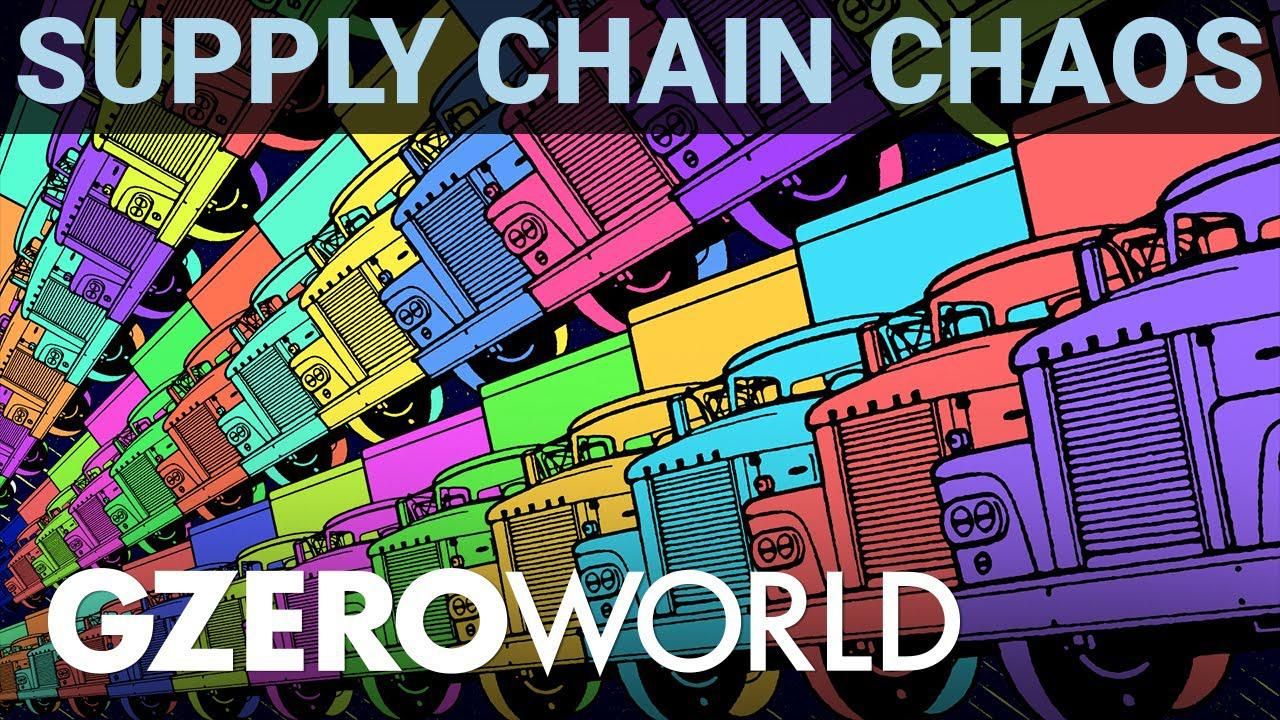GZERO World Clips
How did we get to today's supply chain mess?

Ian Bremmer Explains: How Did We Get to Today's Supply Chain Mess? | GZERO World

The supply chain mess is hitting all of us. Inflation is now the highest it's been in over 30 years.
The costs of food, gas and housing are going through the roof. What's more, almost everything made outside of America is now in short supply — like semiconductors for our cars.
Why is this happening? A lot of it has to do with the pandemic. Asian factories had to shut down or thought there would be less demand for their stuff. So did shipping companies. But then online shopping surged, and now there's a lot of pent-up demand to spend all the cash we saved during COVID.
But it's not just the pandemic. Before COVID, companies kept limited inventories to save costs and fatten up profit margins. And now we're all suffering the consequences.
Watch this episode of GZERO World with Ian Bremmer: Inflation nation: What's driving US prices higher?
Subscribe to GZERO on YouTube to be the first to see new episodes of GZERO World with Ian Bremmer: https://bit.ly/2TxCVnY
Of all the threats to the world, what are the top 10 most urgent global risks for 2026? On Monday, January 5, at 12 pm ET, join us for a livestream discussion with Ian Bremmer and global experts to discuss the Top Risks of 2025 report from Eurasia Group. This report will mark twenty years of Ian Bremmer’s annual forecast of the political risks that are most likely to play out over the year. Event link: gzeromedia.com/toprisks
Wikipedia cofounder Jimmy Wales explains why a specific page titled “The Gaza Genocide” risks undermining trust with users.
In his latest Quick Take, Ian Bremmer explains a major shift in the Ukraine war: Europe, not the United States, is now driving the strategy.
Chief Superintendent of the police force's National Security Department Steve Li Kwai-wah speaks at the West Kowloon Magistrates' Courts building after the verdict in the national security collusion trial of Jimmy Lai, founder of the now-defunct pro-democracy newspaper Apple Daily, in Hong Kong, China, on December 15, 2025.